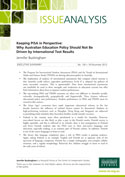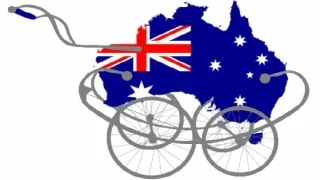
- The Program for International Student Assessment (PISA) and the Trends in International Maths and Science Study (TIMSS) are driving education policy in Australia.
- The implication of analyses of international assessments that compare school systems is that Australia could achieve equivalent performance levels if it adopted the policies of more successful countries. This is questionable. Data from international assessments can justifiably be used to show strengths and weaknesses in education systems but offer little information about how to improve student performance.
- The top-ranking PISA and TIMSS countries are often very different to Australia socially, culturally, demographically, geographically and linguistically. These features influence educational policy and performance. Student performance in PISA and TIMSS must be viewed in this context.
- The Asian ‘tiger’ economies have made important educational reforms in the last decade; however, the influence of cultural factors cannot be discounted. Students in high-performing territories such as Shanghai, Hong Kong and Singapore are subjected to punishing study schedules that Australian families would consider excessive.
- Finland is the country most often proclaimed as a model for Australia. However, non-school factors are also likely to play a part in the Finnish results: Finnish society is highly equitable, and this is reflected in its schools; there is low immigration in Finland and fewer Finnish students take the PISA tests in their non-native language; and education, especially reading, is an endemic part of Finnish culture. In addition, Finnish is one of the easiest languages to learn to read.
- The theory that language complexity plays a role in PISA results is gaining credence. Again, taking Finland as an example, English and Finnish are at opposite ends of the spectrum of language complexity. Finnish has a simple orthography, non-complex syllabic structure, and a regular morphology. Relatively few children struggle to learn to read in the early years of school.
- Performance in the PISA tests depends heavily on reading ability. The PISA maths test is more highly correlated with the PISA reading test than with the maths test in the Trends in International Maths and Science Study (TIMSS), suggesting that reading ability is a better predictor of PISA maths scores than maths knowledge. Some researchers argue this language advantage is irreducible.
- It is important that Australia does not sacrifice the valuable aspects of its unique educational system in the pursuit of an unattainable goal.
Jennifer Buckingham is a Research Fellow at The Centre for Independent Studies.











